Dear Editors,
I very much enjoy your magazine and the in-depth articles therein. In the January 2004 issue Mike Slater’s article “Desperate Marianas Counterstroke” was particularly interesting. It was an excellent article about a little known incident which proved that even though the U.S. was kicking major butt in the Pacific in ‘44, they were still vulnerable. The article was well researched and written. I did find one minor error I’d like to point out however. In the article, there is a photo of a group of Bettys in formation. The caption reads that they are G4M2’s, but they are actually G4MI mk 11’s, likely of the 4th Chutai 705th Kokutai, originally based at Tinian in 1943.
Robert Hill
Fullerton, California
Weapons of Mass Destruction
Dear Editors,
I do not know if I can shed any light on your July editorial concerning why Hitler chose not to use poison gas on the battlefield, but I do have some information and photos which may be of interest. I have two uncles who were at Normandy. One of them brought back a number of photos of the German beach defenses, gun emplacements, the Siegfried Line, Buchenwald, and other pictures. The photos enclosed were given to me after my uncles passing, and depict some of the huge storage tanks which may have contained poison gas. My uncle said that the military knew about these and made a specific point to avoid an aerial attack. I believe that the photos I’ve enclosed may have been taken through a double lens camera, which produces a 3-D effect when viewed through a set of the U.S. Army serial magnifying lenses (this I also received from my uncle). I hope that I have been able to help shed some light on this subject. You have a great magazine, and I look forward to each new issue.
Roland Odessa
Simpson, Illinois
Dear Editors,
Regarding weapons of mass destruction, there is no doubt that Iraq possessed such items. The types, quantities, and dates of acquisition should be readily available to us since we, the United States, were the supplier. The weapons are also most likely gone, since chemical weapons age rapidly and Saddam Hussein was not the type to save anything for a rainy day. Hitler did have gas available. The reason it was not used is that the gas would have been far more devastating against the predominantly horse-drawn army of Germany, than against the Allies. The German military was surprised that the Allies did not use it because of that fact. It is also more likely that by being gassed personally, Hitler was aware of the futility of using an airborne weapon against a prevailing west wind. The U.S. had gas available also, which was demonstrated when the Germans bombed ships in Bari, Italy. A number of ships containing chemical weapons were blown up in this incident. The spread of gas around the area brought unexpected improvement to cancer patients in the nearby hospital, and led to the development of chemotherapy. In addition to the WWII gas, another ecological disaster in the making is in the water off the coast of Belgium where the leftover munitions from WWII were dropped. It is a quantum leap to the deduction that Saddam Hussein was a threat to anyone beyond Iraq’s borders.
James Duke
Santa Monica, California
Dear Editors,
My grandfather receives your magazine every month, and I just recently read the July issue. The article about the Nazi atomic bomb by Jonathan F. Keiler really caught my attention. The writing style was very pleasing and easy to understand, without being boring. This particular article is very relevant to today’s military development. At the time, Germany was one of the most powerful countries in the world, and if they had acquired the ability to create an atom bomb, the outcome of the war could have been drastically changed. I think this all relates to what’s happening in today’s society because a similar situation is faced in North Korea. If they were able to create an atomic bomb, the world would be in for a rude awakening. Every month your magazine contains information that even I, a high school student, find interesting. I especially like the articles written by Mr. Keiler and hope to see more from him in the future.
Meghan Jones
Bowie, Maryland
Sturmgewehr
Dear Editors,
I enjoyed the article by Brandt Heatherington about the revolutionary German Sturmgewehr in the September 2004 issue of your magazine. I happen to own an MP 43 as part of my firearms collection, and as a mechanical engineer with some ordnance and ballistics background, I have been researching these weapons in-depth for many years. I felt there were some errors and misstatements in the article that should be noted. Most glaringly, far more of these weapons were produced than the 80,000 indicated in the article. German production records show that more than 425,000 were manufactured from September 1943 through March 1945. Further, there was no “main factory” as implied by the author. No fewer than eight plants assembled rifles from component parts manufactured over a widely dispersed supply base. This was a very efficient operation, and quite resistant to disruption. Granted, in the last months of the war the German transportation network was collapsing and an ever diminishing fraction of production could actually be delivered to combat units.
In any case, by late 1944 new Volksgrenadier divisions typically had one in three regiments fully equipped. Also, the MP 43’s predecessors (Mkb 42 H and M) were designated “Mkb” for Maschinenkarabiner, and not Karabiner as stated in the article. There were three main designations for the weapon, not two. The MP 43, MP 44, and StG 44. Finally, no one knowledgeable in the ballistic capacity of the 7.92x33mm cartridge would state that the Sturmgewehr “boasted an effective range of 600m.” While the Heereswaffenamt may have sold the weapon under these claims, records show that that Luftwaffe actually made a more objective assessment of the MP 43, and rated it at approximately 300m overall.
John L. Calene
Franklin, Michigan
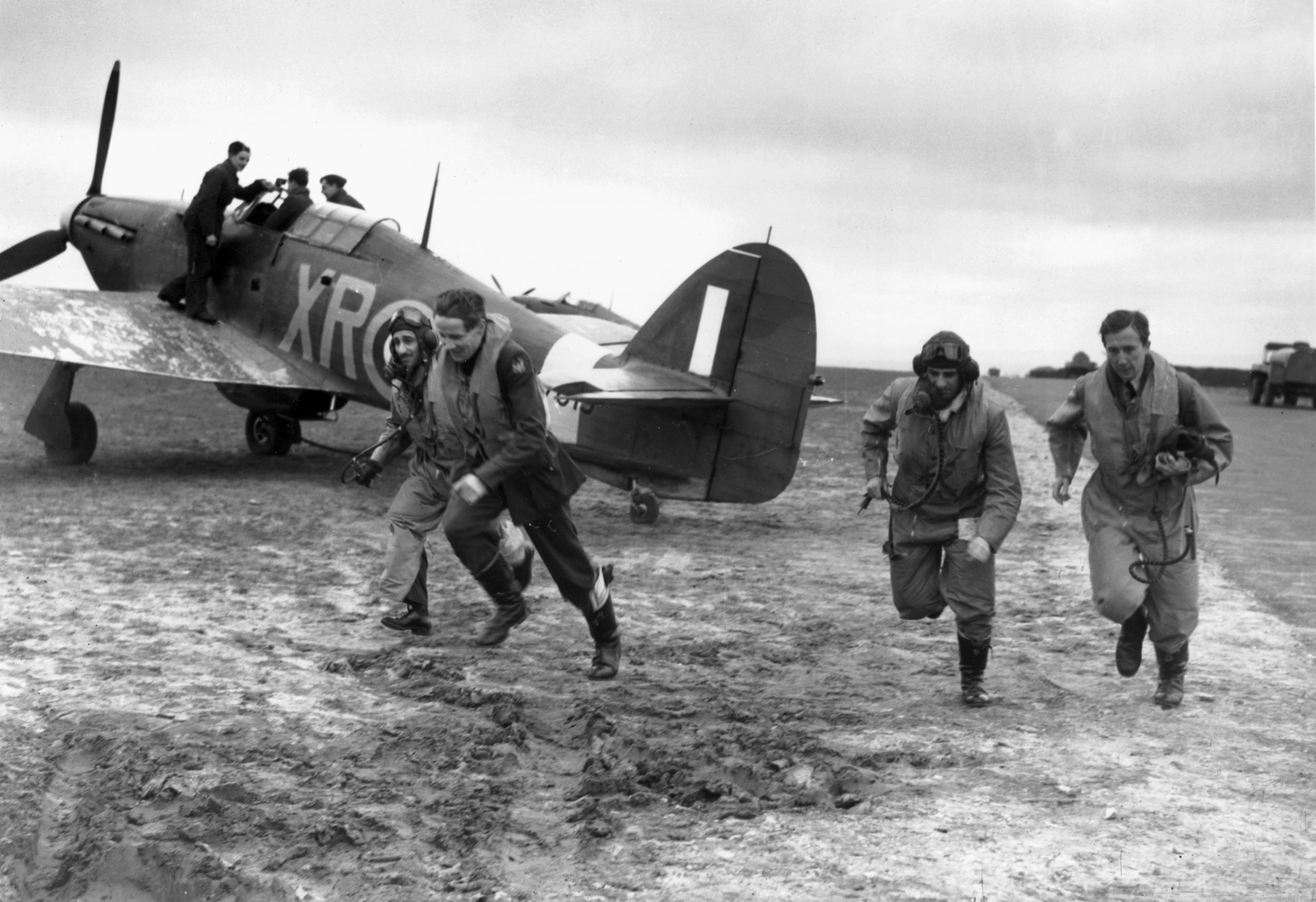
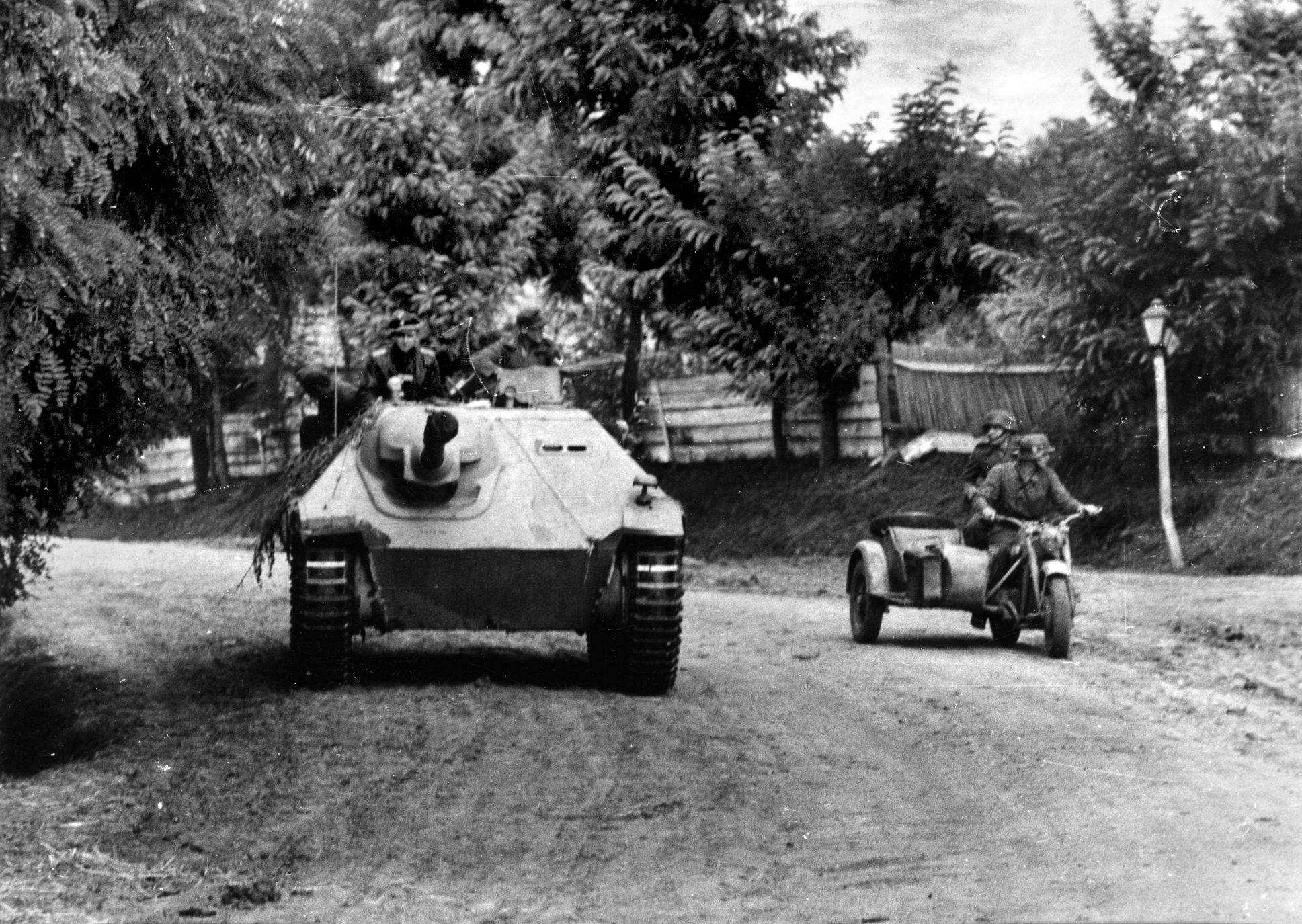

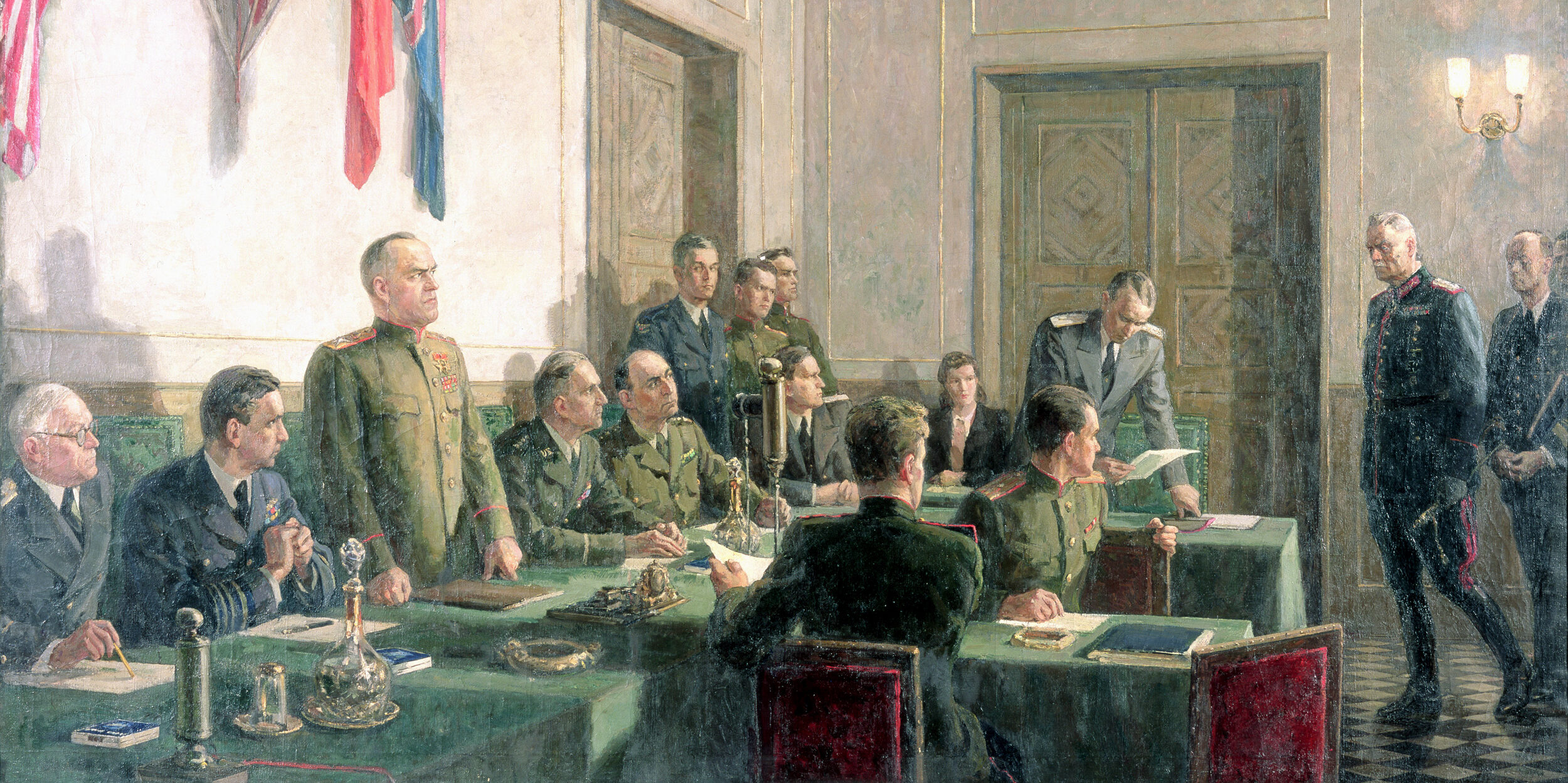
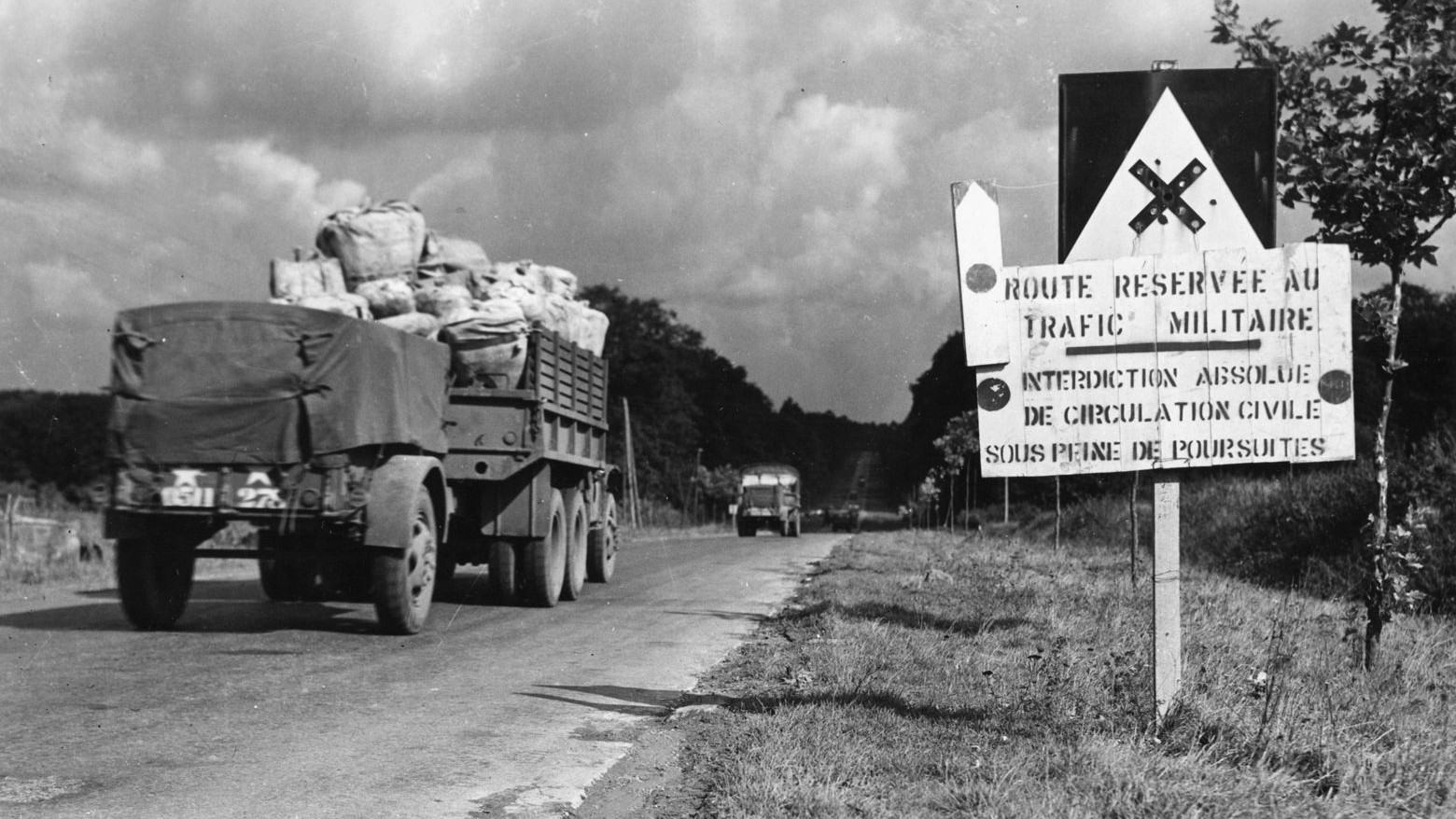
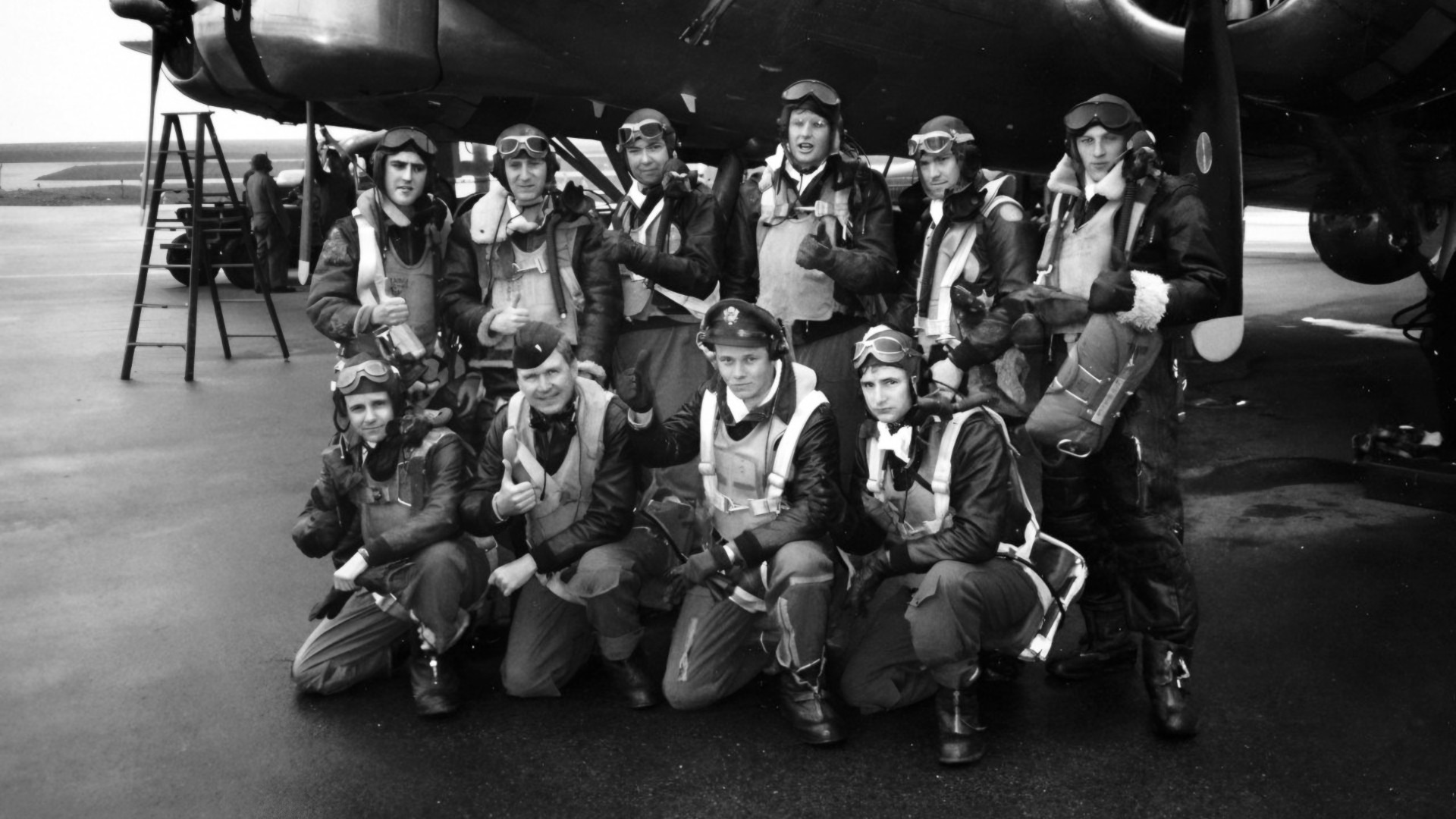
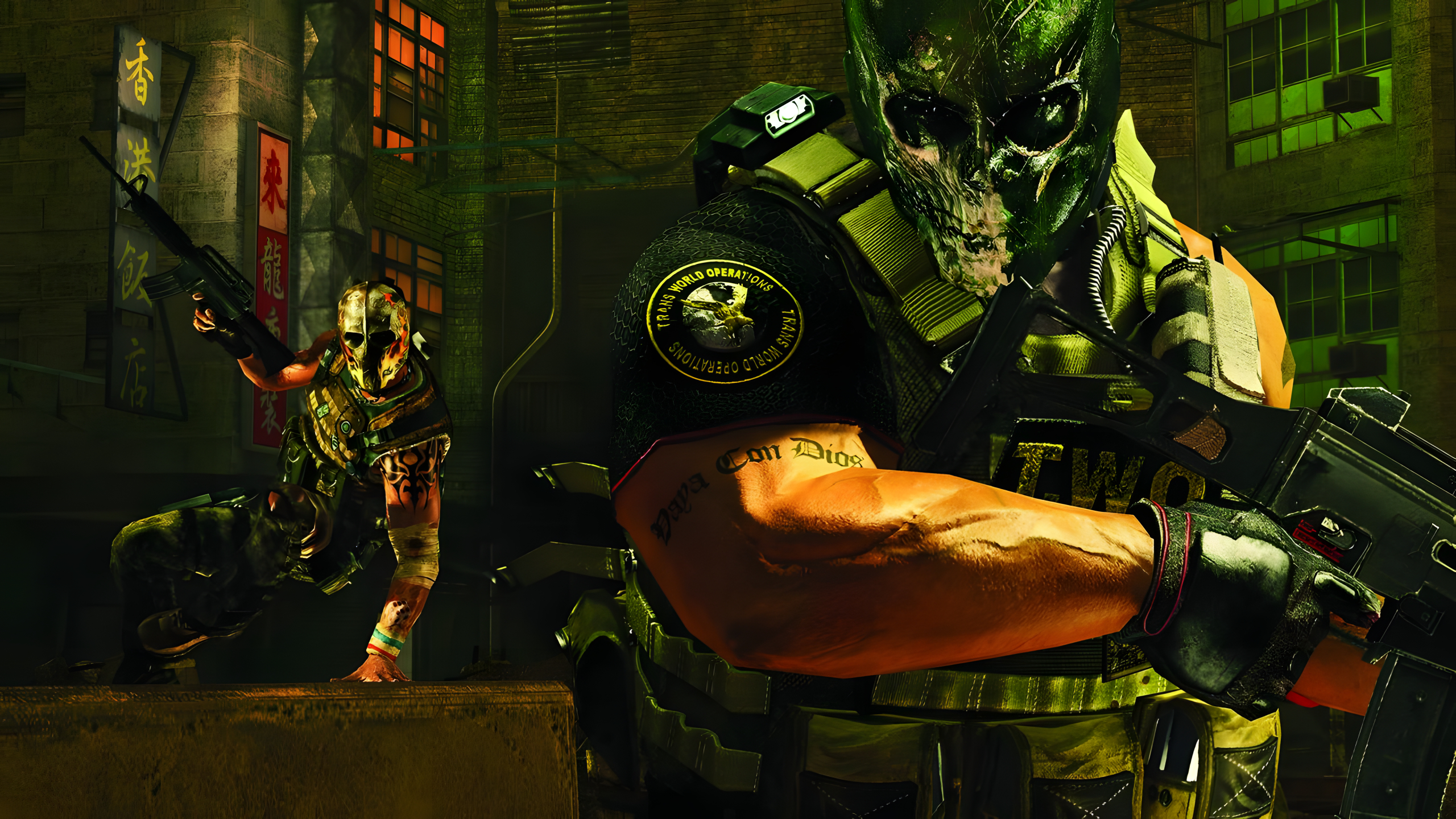
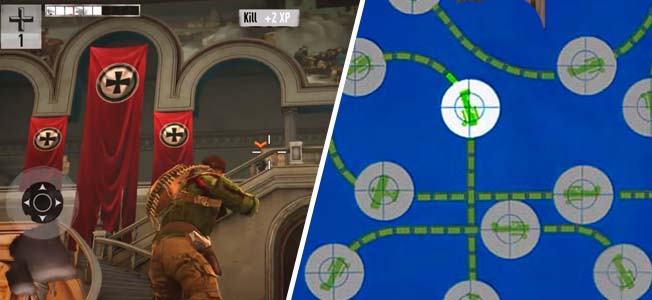
Join The Conversation
Comments
View All Comments